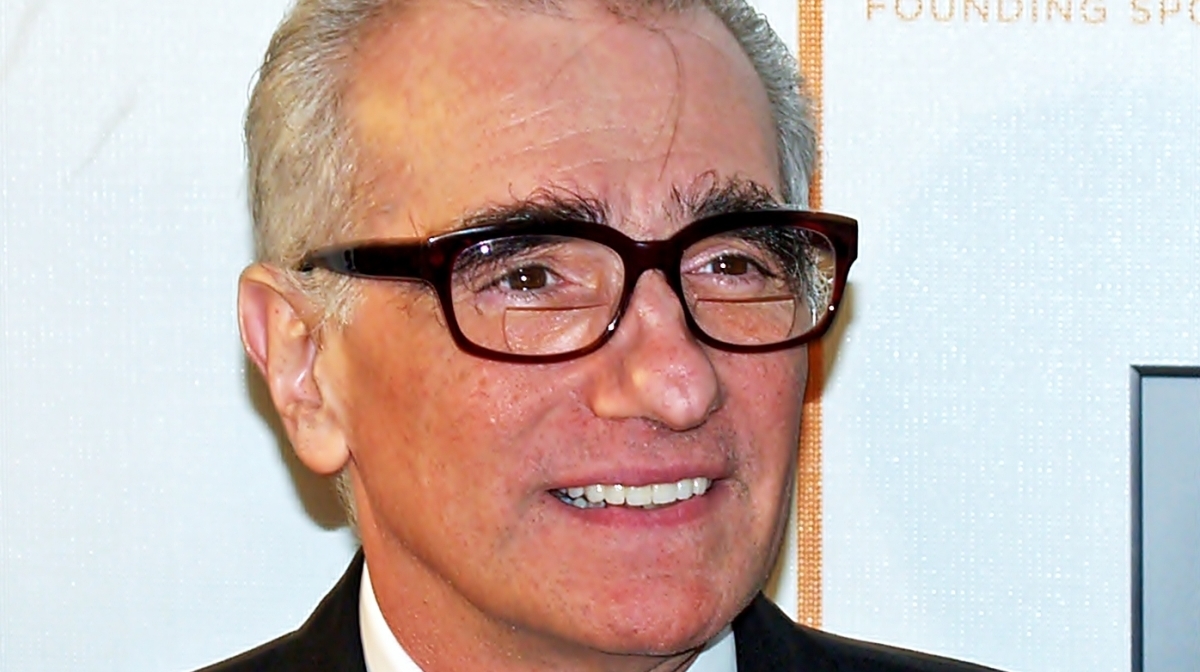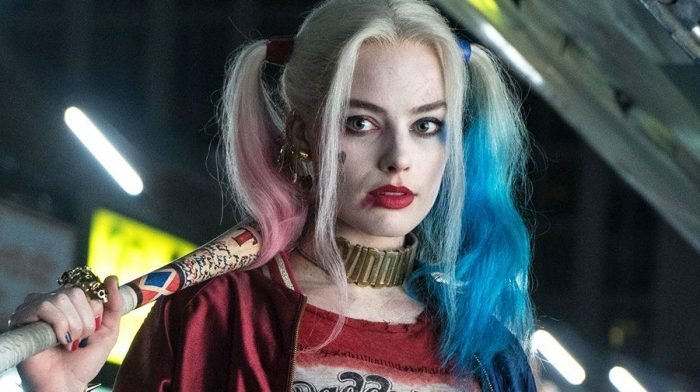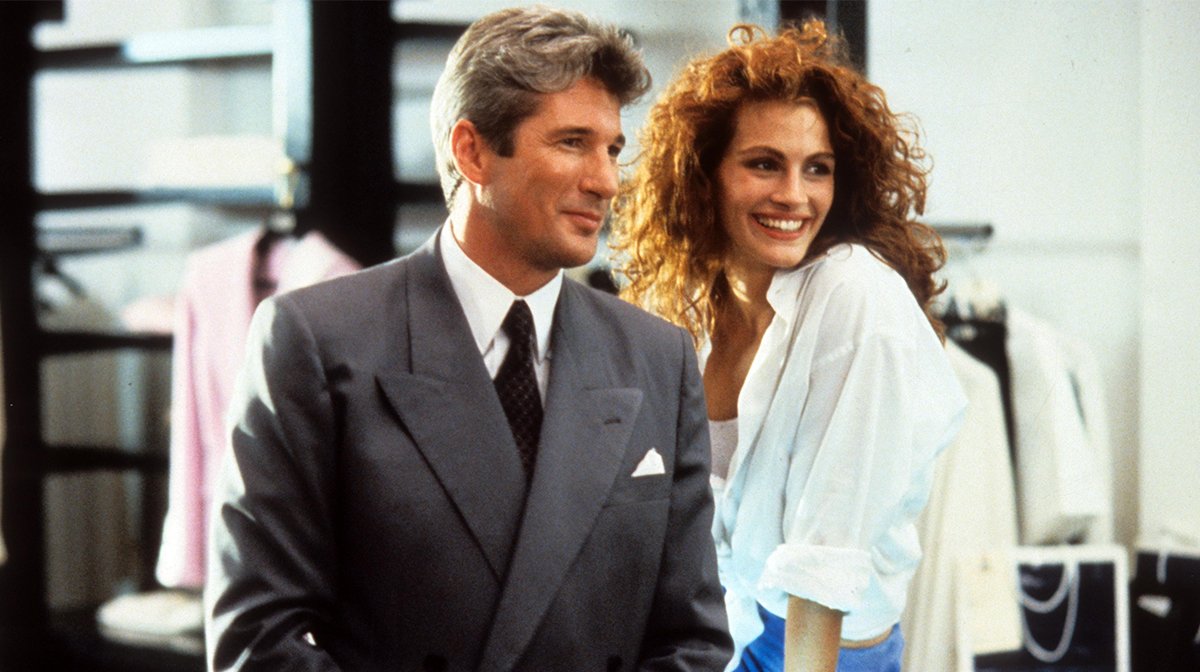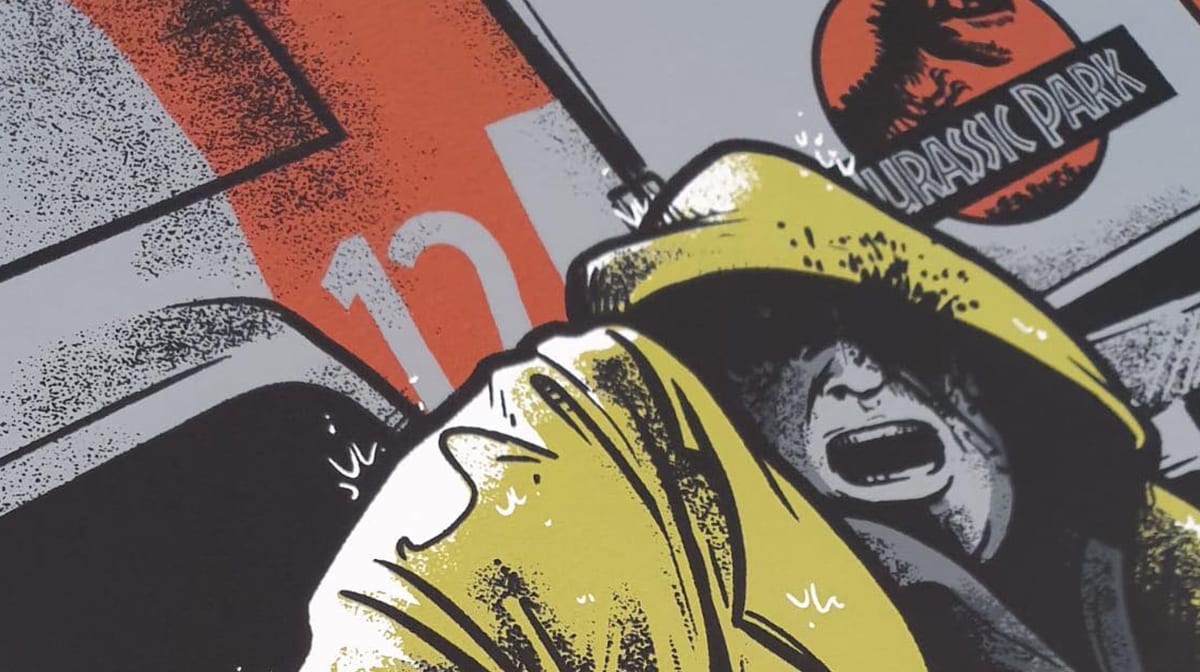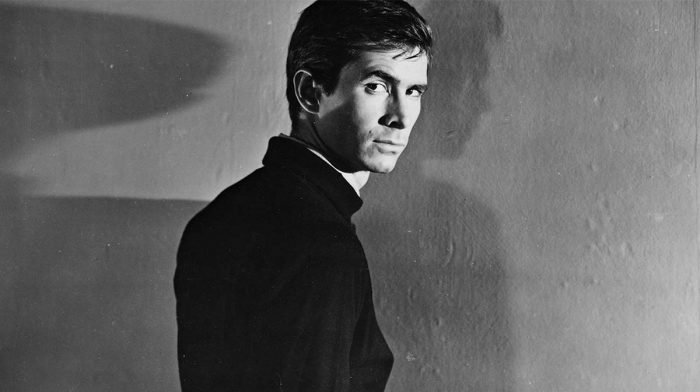Leading the Hollywood Renaissance, or the New Hollywood movement that exploded out of the 1960’s and 70’s, Martin Scorsese is one of the few directors that is as relevant and innovative now, as he was in the 1970’s, 80’s, 90’s and 00’s. From Travis Bickle’s psychotic mirror-posing in Taxi Driver back in 1976, to Jordan Belfort’s crazed money-fuelled orgies in The Wolf of Wall Street just over 12 months ago, Scorsese has remained bold, daring and true to his natural ability to captivate an audience through strong, real characters.
Beginnings and the 1970’s – Mean Streets and Taxi Driver
Known for telling a really good story, Scorsese has been known to admit in interviews that there was nothing better he liked to do than to eavesdrop in on neighbourhood conversations and goings-on in his local area. As a teenager, Scorsese would listen in on the quarrels, fights and general everyday affairs of Queens, New York. Being curious and interested in daily ups-and-downs of Queens life would only result in success for Scorsese, as verisimilitude proved to be one of his films’ key strengths – think of the city apartment bickering in Raging Bull, scenes of city traffic in Taxi Driver, and the ‘midnight meal’ scene in Goodfellas where Scorsese’s own mother unknowingly cooks a gaggle of gangsters a nice chicken dinner.
It was with this driven, direct desire to bring the streets to the silver screen, that Scorsese attended New York University’s film school, and began releasing a series of short films throughout the 1960’s. This ultimately led to Martin’s venture into full-length features such as Mean Streets (1973) and Taxi Driver (1976).
Taxi Driver was Scorsese’s most memorable use of a method acting style and it was the perfect platform for Robert De Niro to deliver a type of performance never before seen in cinema. The story of a taxi driver who, after being repulsed by the city’s violence, robbery and prostitution, starts to take the law into his own hands. Travis Bickle shaves his hair into a mohawk, starts a strict physical training routine, and intervenes in crimes by killing, shooting and threatening outlaws in New York. His encounter with a teenage prostitute Iris causes him to try to better her life, and the story of a man enveloped in the problems of city life begins to unfold manically.
The 1980’s – Scorsese experiments with black and white film, and black comedy.
Perhaps one of Scorsese’s most beautiful-looking films, Raging Bull was shot completely in black and white, and it’s often over-exaggerated scenes and character dialogues seem reminiscent of a different era of film. The decision to go black and white was mainly because several other boxing films were being made at the time, including Rocky 2, and Scorsese wanted to shoot something that was completely different. On the flip side, Scorsese had just suffered what was essentially a physical burnout and breakdown in every possible way: coming out of a busy period making three consecutive films without any downtime, Martin collapsed and suffered internal bleeding, coming close to death. Being asthmatic, taking various prescription drugs (and cocaine) and working too hard all contributed to this health scare. In the aftermath of the period, Scorsese felt a certain connection with troubled protagonist Jake La Motta, and decided to take up De Niro’s suggestion of making the film.
Shooting in black and white had a certain romantic, nostalgic effect on the biopic; the fight scenes were sweatier, dirtier and raw, the disturbing scenes of domestic violence became historicized – which helps slightly with the viewing – and the Italian-American bickering is almost caricature-like yet doesn’t lose any of its charm and realism.The lack of colour in Raging Bull brings together all these elements and perfectly marries realism, romance, art, exaggerative visuals and subtle detail. De Niro’s dedication to this production peaks with him putting on 60lbs (27kg) of weight for a final scene showing an ageing, overweight La Motta.
The 1990’s, or ‘the golden age’ – Goodfellas, Cape Fear and Casino
The 1990’s were what you could call Scorsese’s ‘blockbuster’ years, he made his most glamorous, all-encompassing gangster film at the start of the decade, Goodfellas, which many cite as his magnum opus.
Whilst still keeping his career-long partnership with De Niro in check, Scorsese chose to cast Ray Liotta as the protagnist in Goodfellas, and he would prove a good choice for the part of Henry Hill, a young mobster who was brought into the underworld as a young teen. It would also feature Joe Pesci as the feared gangster, ‘Tommy DeVito’, who played an incredible part, an intimidating, short-fused man who dishes out violence at anyone daring to get in his way.
The film flows beautifully as a narrative of Hill’s youth and young manhood, displaying life in an Italian-American neighbourhood in New York. At the start of the film, Henry Hill is intrigued by mobster life, seeing it as an escape from the day-to-day strains of blue-collar life. Scorsese opens Hill’s story up to us, we see him get beat by his father as a child, fall in love, make his first big heist and fall victim to the wrath of drugs, adultery and eventually exile. As a viewer we are drawn to Henry as a human, and through the deceit, robbery and murder, we somehow see him as a good guy caught up in a world of crime. Goodfellas also features Scorsese’s mother, Catherine Scorsese, as Tommy’s mother.
Cape Fear, the following year, again featured De Niro, but brought a different sense. It was violence, forced love and aggression; not glorified, but feared.
The 2000’s and 2010’s, ‘the rebirth of Scorsese’ – Gangs of New York, The Departed, Shutter Island and Boardwalk Empire.
The last 2 decades haven’t slowed down directing for Scorsese, they’ve only let us classify his films as ‘classic Scorsese’ and ‘modern Scorsese’. Since Gangs of New York came out in 2002, Scorcese has delivered and delivered, in the form of The Aviator and The Departed. He hasn’t fallen into the pit of self-parody as other directors have in their later days. Shutter Island for example, was a completely new direction for Scorsese, he pulled off the psychotic-thriller with ease. A terrifying feature, Shutter Island leaves you with a fear of losing your own mind.
Making a mark on the small screen, Scorsese directed the first episode of Boardwalk Empire, a prohibition-era series that focuses on the underworld from a business point-of-view. Given it’s subject matter, noone was more appropriate than Scorsese to guest-direct the opening episode.
Modern shock factor – The Wolf of Wall Street.
On a final note, Martin Scorsese is still highly relevant to this day. Leaving his latest mark, The Wolf of Wall Street, just over 12 months ago, proved that the director knows how to shock, deliver and shock some more. Again, like Shutter Island, Scorsese cast Leonardo Di Caprio as the lead role, and the two of them now have a strong working relationship. The story of a money-obsessed stockbroker is probably the most risque of all of Scorsese’s films in terms of it’s content and explicitness, and it doesn’t fail to deliver on good narrative and characterisation, still showing young film makers what they should be aiming for.
